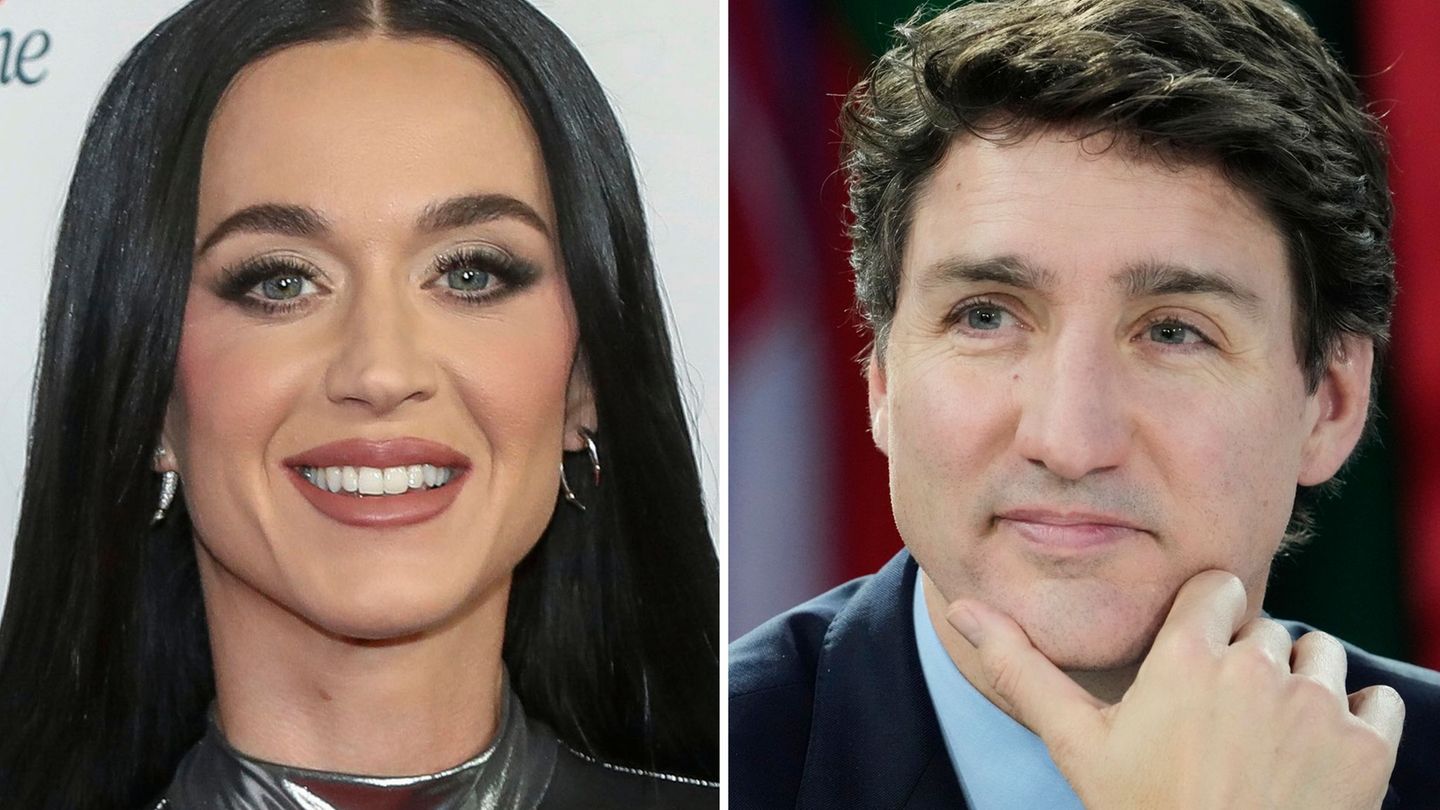The inflation fell again for the second consecutive month in Uruguay, According to data released yesterday by the National Statistics Institute (INE), and reached a cumulative rate of 3.78% so far this year. With this data, 625,000 private activity workers will have salary corrections.
The starting point for these corrective measures are the salary agreements that were signed in mid-2021, and that expired on June 30, 2023, within the framework of the 9th Round of the Wages Council; and at the gates of the tenth round opening, whose objective will be the recovery of real wages.
Within this universe of 160 tables and 625,000 workers there are different realities: on the one hand, the groups whose agreements stipulate the payment of annual corrective (two in 24 months); and, on the other, the other groups that agreed on a single payment after two years.
How will those with annual corrections charge?
Those who have annual corrections agreed in their collective agreements -around 100 tables with workers from commercial sectors- have already received a first payment in the middle of 2022, and now will receive the second for the difference between the increases received and inflation observed between July 2022 and June 2023.
In this sense, the accumulated inflation in the last twelve months was 5.98%, and in that period the increases due to expected inflation were 5.06%. In this case, taking a general case, the corrective would be between 0.9% and 1%.
This group also includes domestic service workers, industrial ice cream shops, wheat mills, liquor stores, drinks, noodle factories, refrigeration industry, cold meat industry, graphic workshops, metallurgical, auto parts, plastics industry, savings and credit cooperatives, insurance companies, AFAP, forestry, horticulture, poultry farms and beekeeping.
In addition, high turnover hotels, pensions, food chains, escort services, personnel suppliers, cleaning companies, advertising agencies, accounting studies, health, hairdressers, union and social entities are added.
Also included in the list of workers who will receive the second corrective are those who belong to rural activities, as well as insurance companies, transportation of valuables, industrial bakeries, confectioneries, knitting and tanneries, among others.
What will the adjustment be like for those who receive the biannual correction?
A smaller group agreed to biannual corrective payments, but they also have to collect it shortly since it was stipulated for the end of the collective agreement. For this case, it is necessary to compute the accumulated inflation of the last 24 monthswhat happened with 15.8%and the increases perceived in that period, which were 10.9%.
If these data are considered, the result is that the corrective to be received for past inflation will be in the environment between 4.4% and 4.5%.
Within this group there are trade workers, such as bookstores, photo houses, dental, motorcycle sales, music houses, medical equipment and drug stores. Also service stations, dry cleaners, workers in green areas, customs brokers, mechanical workshops, clothing, footwear, industrial catering, fish processing plants and sawmills, among others.
Source: Ambito




